george segal artist process
American sculptor best known for his life-size sculptures of human figures set in environments. George Segal is most famous for his sculptures as he is considered the artist responsible for introducing the use of plaster bandages as a medium for sculpture.
Although Segal started his art career as a painter his best known works are cast life-size figures and the tableaux the figures inhabited.

. George Segal was an American painter and sculptor associated with the Pop Art movement. I had my camera with me and I asked if he would mind if I. After drying the resulting cast was opened removed and reassembled as sculpture.
Although Segal started his art career as a painter his best known works are cast life-size figures and the tableaux the figures inhabited. Originally an abstract painter Segal become known for his sculpture which he began making in 1958 and by 1961 he hit upon his signature process. From now until Oct.
1 George Segal sequence. George Segal November 26 1924 June 9 2000 was an American painter and sculptor associated with the Pop Art movement. SEVENTEEN YEARS AGO on June 23 1992 sculptor George Segal 1924-2000 witnessed the installation of his first outdoor public sculpture in Manhattan the city center that had inspired much of his work and had made him internationally famous.
After graduating from Pratt Institute he taught high school art then operated a chicken farm until 1958 when he began to paint. The Getty ULAN statesof George Segal. In place of traditional casting techniques Segal pioneered the use of plaster.
American sculptor George Segal 19242000 is known for his ghostly white figures created by casting directly from the human body using gauze strips impregnated with plaster. The artist wrapped his models in plaster-soaked gauze and used either the rough external form or as in The Curtain cast a second figure from the impression inside the casing. He was presented with the United States National Medal of Arts in 1999.
He used the material to create casts first of himself and later of his family and friends literally wrapping them with wet bandages. As we follow his process at the isolated New Jersey farmhouse that serves as his studio. George Segal 1924-2000 was a sculptor and painter from North Brunswick NJ.
However in the case of George Segal his artistic process can be found documented on the walls of Towson Universitys Holtzman MFA Gallery. Body Language is the first opportunity to see the artists sculptures side-by-side with a recent gift of prints from the Segal Foundation complemented by. During the summer of 1961 Segal was introduced to medical gauze bandages which he wrapped around his body and then used as primary material to cast plaster sculptures.
Segal was born in New York City. This interview is part of the Archives Oral History Program started in 1958 to document the history of the visual arts in the United States primarily through interviews with artists historians dealers critics and others. He was presented with the United States National Medal of Arts in 1999.
George Segal constructs a type of human form and vulnerability that feels rare in the world of sculpture. New yorknew Jersey 19901993 New York. Approximately sixty years ago the young artist George Segal embraced a new working process that catapulted him to becoming one of the most recognized twentieth-century sculptors.
Life-sized models based on his body and those of friends family and neighbors are seated at lunch counters poised on street corners or waiting in train stations. Unhappy with this process in 1960 Segal tried using a material called medical scrim which physicians use for plaster casts. Using orthopedic bandages dipped in plaster New York sculptor George Segal constructed some of the most haunting and memorable figurative art of the 20 th century.
George Segal Recollections of the ARtist And his PhotogRAPhy. Clearly related to his Fragments series the white. Wendy with Chin on Hand 1982 is a partial bronze bust of Wendy Worth his longtime model for which Segal cast only her face hand and shoulder.
His technique demanded that his sitters keep their eyes shut and the resulting faces remain impassive while the body alone communicates. To make his plaster sculptures segal spent a long time in preparationdeciding on his models collecting the necessary clothes and assorted props prepping the models with the right mood and feeling deciding on the pose drawing around the models feet on the concrete floor to make sure that the position would be correct for each stage of. Although Segal started his art career as a painter his best known works are cast life-size figures and the tableaux the figures inhabited.
Color Directed by Michael Blackwood George Segal constructs a type of human form and vulnerability that feels rare in the world of sculpture. Although he began as a figurative painter in the late 1950s along with artists such as Allan Kaprow and George Brecht he turned to sculpture in order to explore the human figure as it relates to actual space and its surroundings. Titled Gay Liberation the piece had taken twelve years to find its intended home within the triangle of Christopher.
His plaster figures left rough and unfinished with vague indistinct features are placed in mundane or lonely sculptural settings such as elevators and diners. Instead he began to make sculptures of the human form using plaster on armatures of wood chicken wire and burlap. I was always interested in the process so I watched as we talked.
In place of traditional casting techniques Segal pioneered the use of plaster bandages plaster-impregnated gauze strips designed for making orthopedic casts as a sculptural medium. Although Segal participated in many of Kaprows events he did not stay with performance art. 20 photographer Donald Lokutas photo documentary on his time with Segal is on display for those interested in witnessing behind-the-scenes moments of the artistic process.
Please click on a link below to view George Segals artwork. Segal received his Bachelor of Arts in Art Education from NYU in. Published on Jun 25 2020.
1979 58 min. Using gauze and plaster bandages to cast from live models mainly family and friendshis daughter Rena is the model for the woman in high heels in Chance Meeting. Segal George 1924-2000 American sculptor known for his life-size white plaster casts of human figures.
Segal was further aided in this process by using orthopedic bandages dipped in plaster a material he discovered through a chance acquaintance with an employee of Johnson Johnson. Our artwork collection includes over 600 photos of George Segals life and work over the decades. As we follow his process at the isolated New Jersey farmhouse that serves as his studio the intimacy between Segal and his art is contagious.
In 1960 Segal shifted to sculpture and developed an unusual casting method of wrapping a person in plaster-soaked bandages.
Pop Art G Segal Lessons Blendspace
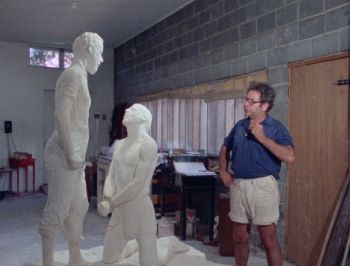
George Segal Biography Life Quotes Theartstory
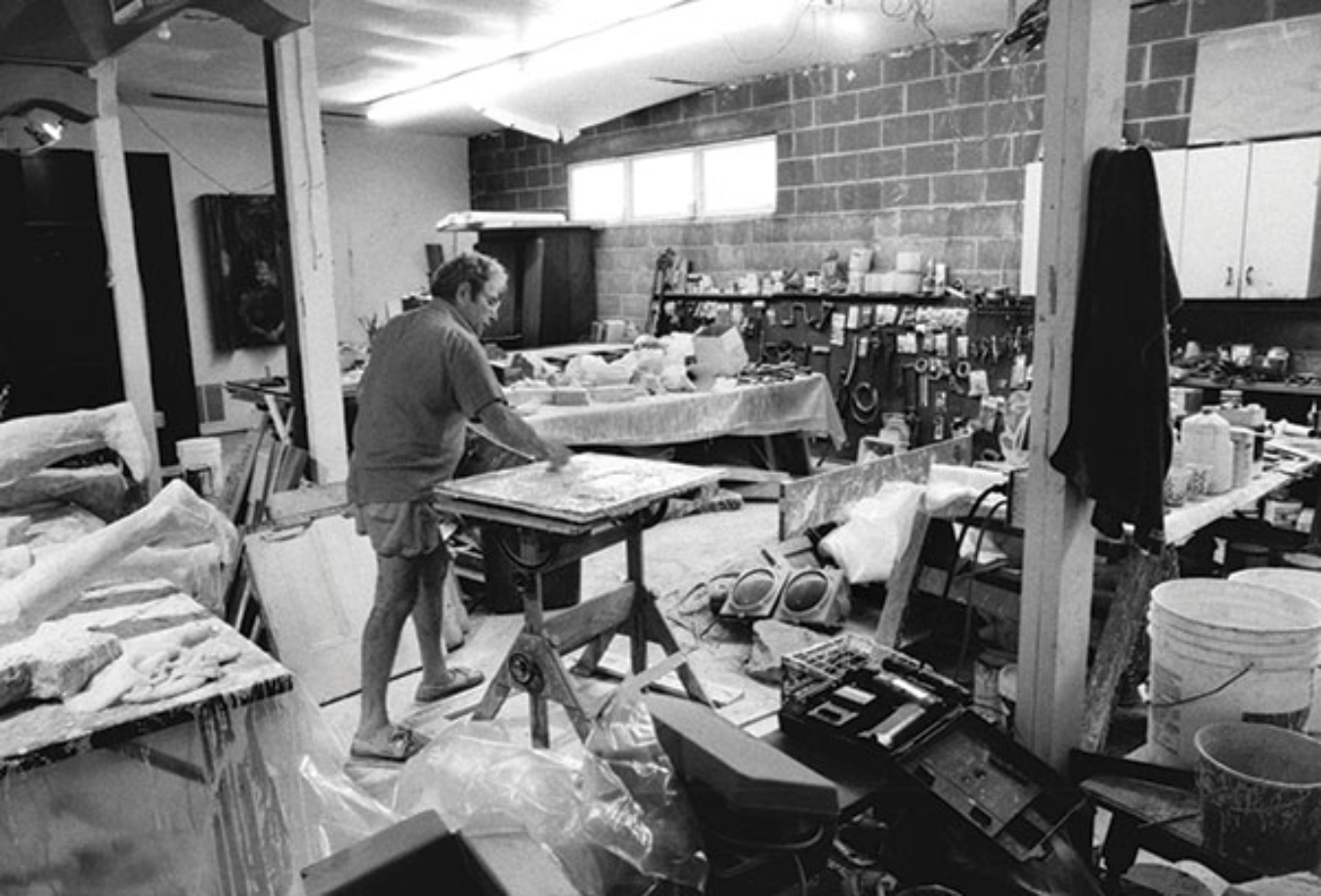
George Segal Grounds For Sculpture
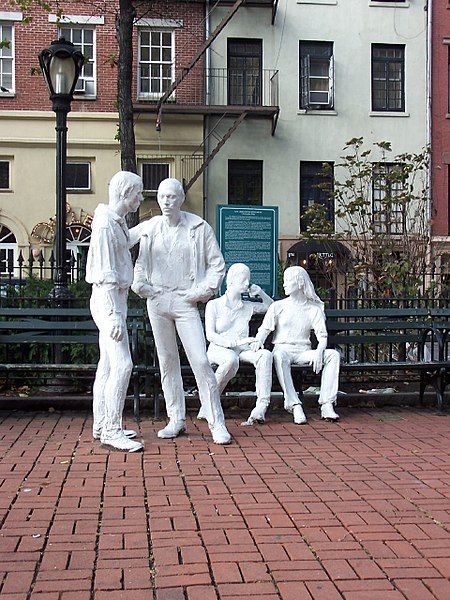
George Segal Sculptures Bio Ideas Theartstory
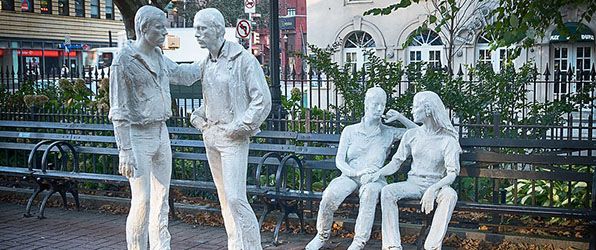
George Segal Sculptures Bio Ideas Theartstory
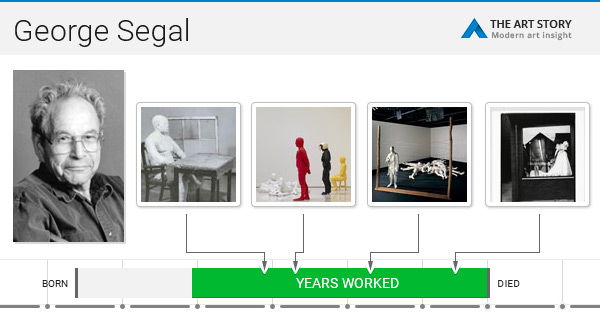
George Segal Sculptures Bio Ideas Theartstory
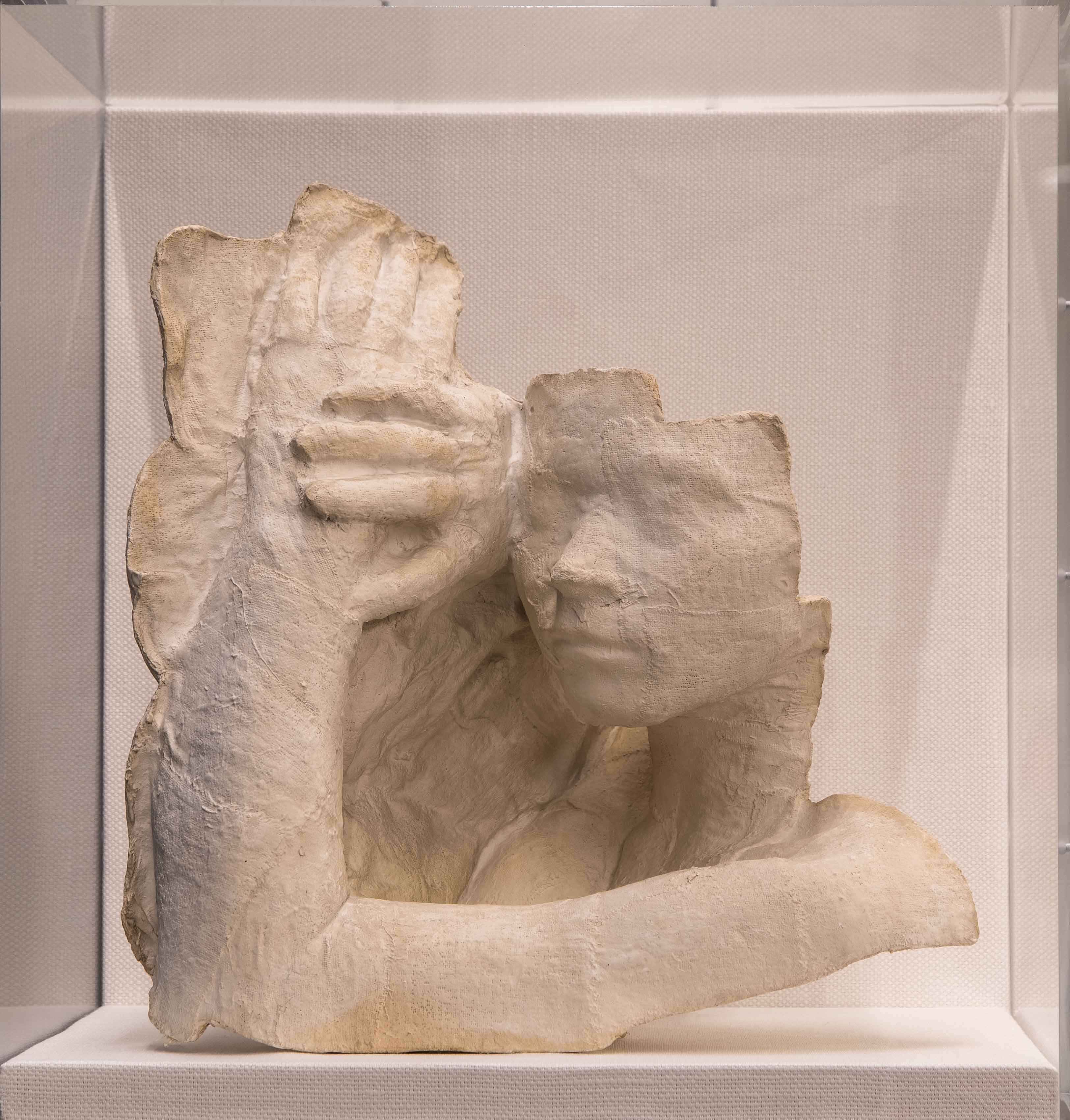
George Segal Steptoe Johnson Llp
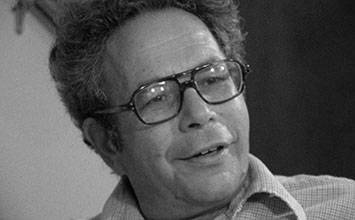
George Segal Sculptures Bio Ideas Theartstory

The World S Best Photos Of Art And Georgesegal Flickr Hive Mind George Segal Figurative Sculpture Line Sculpture

George Segal Bronze Exhibitions Mitchell Innes Nash

Frederik Meijer Gardens Sculpture Park George Segal Body Language Preview Facebook

What Medium Does George Segal Use In His Art Seniorcare2share
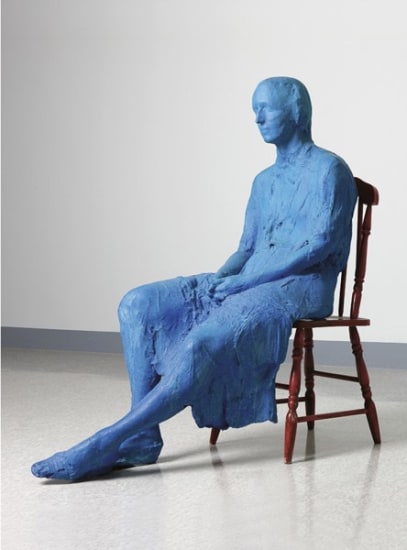
George Segal Contemporary Art Da Lot 166 February 2009 Phillips

The Life And Art Of George Segal The George And Helen Segal Foundation Gallery Sculpture George Segal Sculpture Contemporary Art Painting





